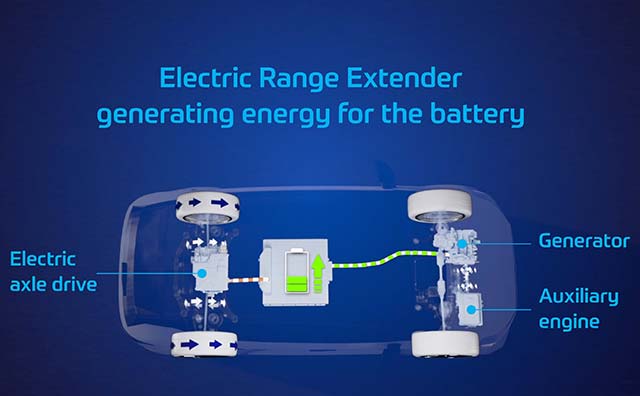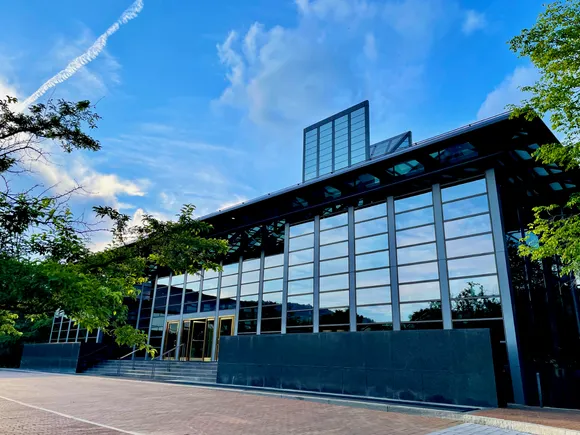The bacterial type three secretion system induces mechanoporation of vacuolar membranes
by Léa Swistak, Marvin Albert, Camila Valenzuela, Elif Begum Gokerkucuk, François Bontems, Stéphane Tachon, Keith T. Egger, Anastasia D. Gazi, Anna Sartori-Rupp, Cammie F. Lesser, Perrine Paul-Gilloteaux, Jean-Yves Tinevez, Matthijn Vos, Jost Enninga Endomembrane breaching is a crucial strategy employed by intracellular pathogens enclosed within vacuoles to access the nutrient-rich cytosol for intracellular replication. While bacteria use various mechanisms to compromise host membranes, the specific processes and factors involved are often unknown. Shigella flexneri, a major human pathogen, accesses the cytosol relying on the Type Three Secretion System (T3SS) and secreted effectors. Using in-cell correlative light and electron microscopy, we tracked the sequential steps of Shigella host cell entry. Moreover, we captured the T3SS, which projects a needle from the bacterial surface, in the process of puncturing holes in the vacuolar membrane. This initial puncture ensures disruption of the vacuole. Together this introduces the concept of mechanoporation via a bacterial secretion system as a crucial process for bacterial pathogen-induced membrane damage.
by Léa Swistak, Marvin Albert, Camila Valenzuela, Elif Begum Gokerkucuk, François Bontems, Stéphane Tachon, Keith T. Egger, Anastasia D. Gazi, Anna Sartori-Rupp, Cammie F. Lesser, Perrine Paul-Gilloteaux, Jean-Yves Tinevez, Matthijn Vos, Jost Enninga Endomembrane breaching is a crucial strategy employed by intracellular pathogens enclosed within vacuoles to access the nutrient-rich cytosol for intracellular replication. While bacteria use various mechanisms to compromise host membranes, the specific processes and factors involved are often unknown. Shigella flexneri, a major human pathogen, accesses the cytosol relying on the Type Three Secretion System (T3SS) and secreted effectors. Using in-cell correlative light and electron microscopy, we tracked the sequential steps of Shigella host cell entry. Moreover, we captured the T3SS, which projects a needle from the bacterial surface, in the process of puncturing holes in the vacuolar membrane. This initial puncture ensures disruption of the vacuole. Together this introduces the concept of mechanoporation via a bacterial secretion system as a crucial process for bacterial pathogen-induced membrane damage.


















































































































































